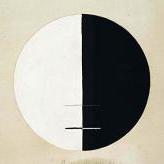
How to not be a broken hippie
Started by
Barbara,
14 posts in this topic
Create an account or sign in to comment
You need to be a member in order to leave a comment

Started by
Barbara,
You need to be a member in order to leave a comment